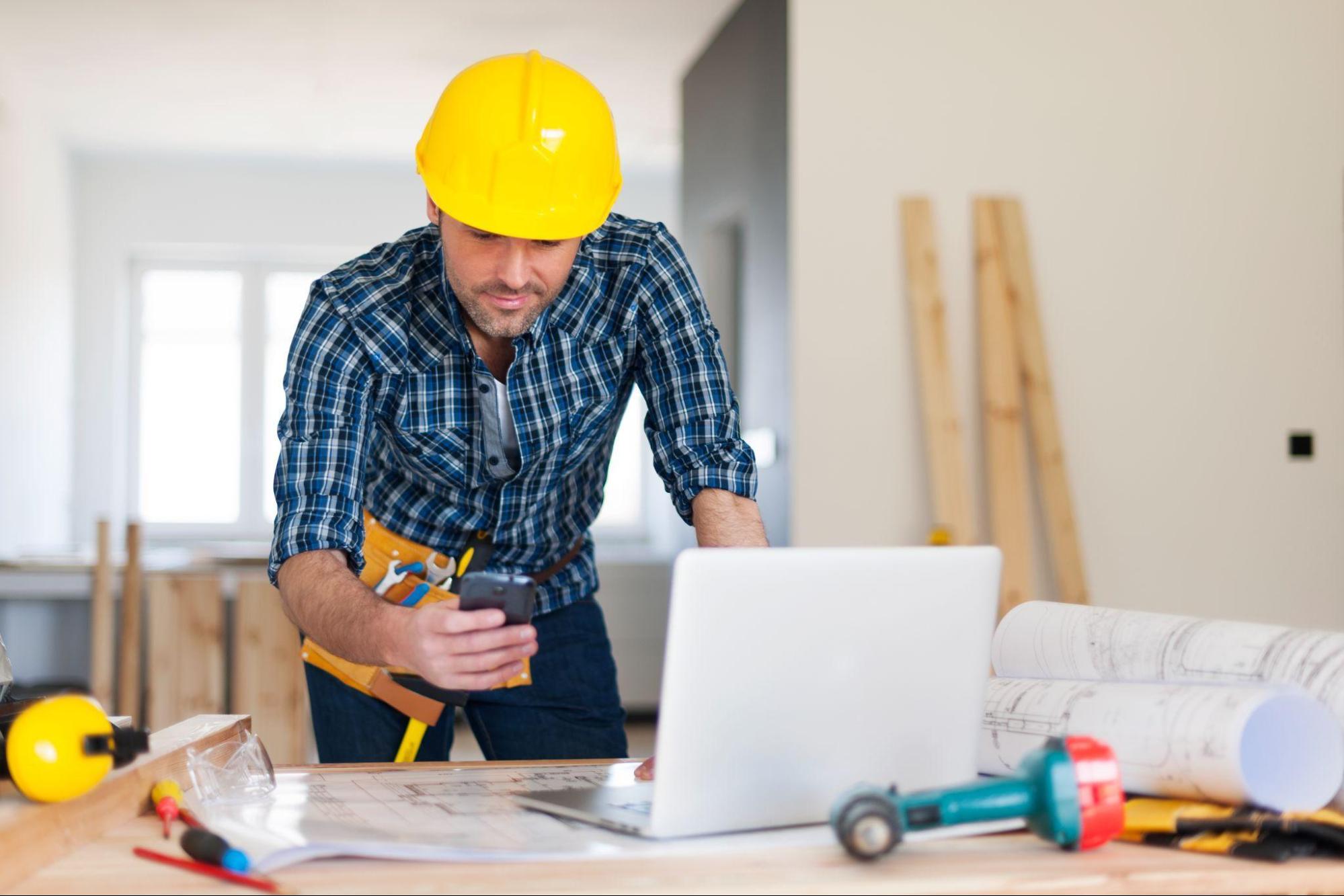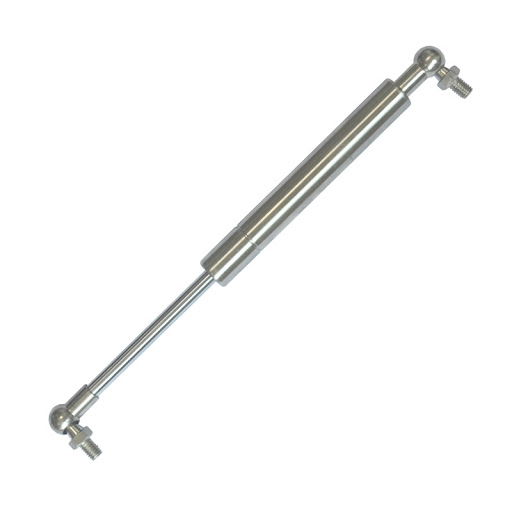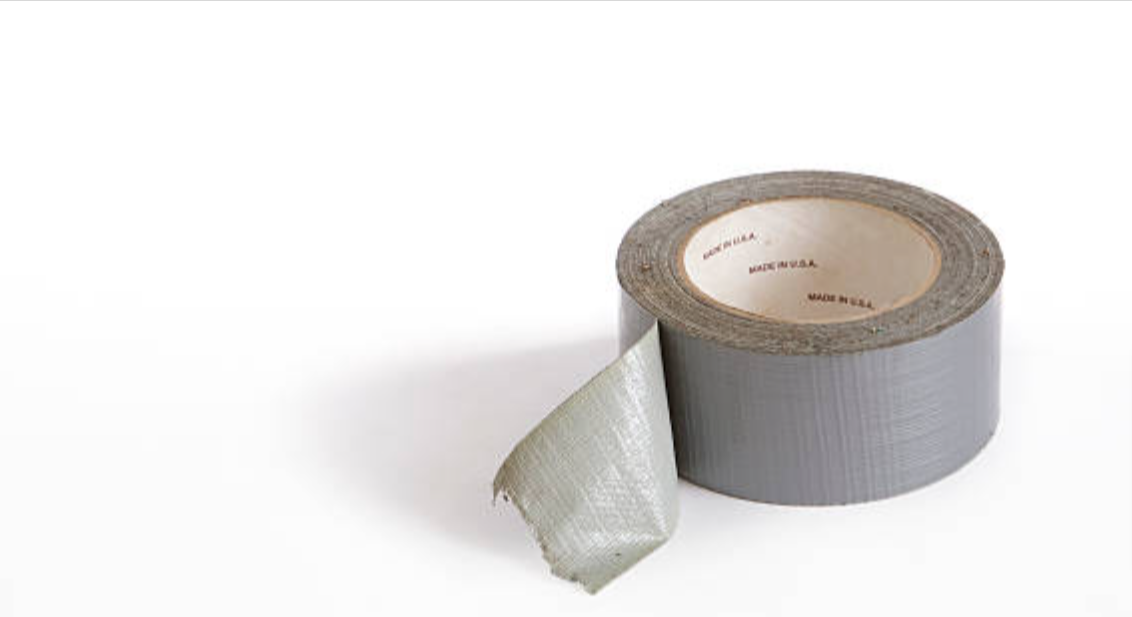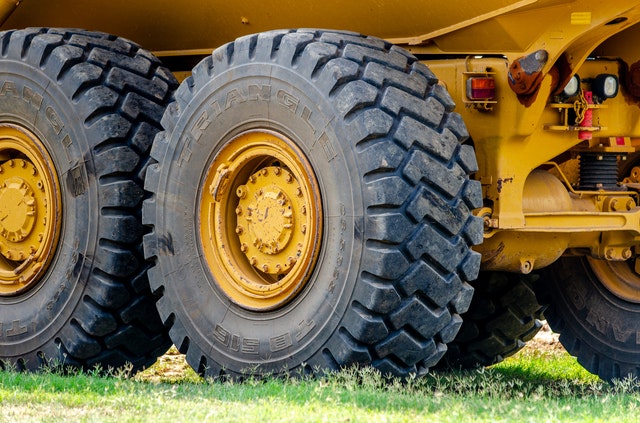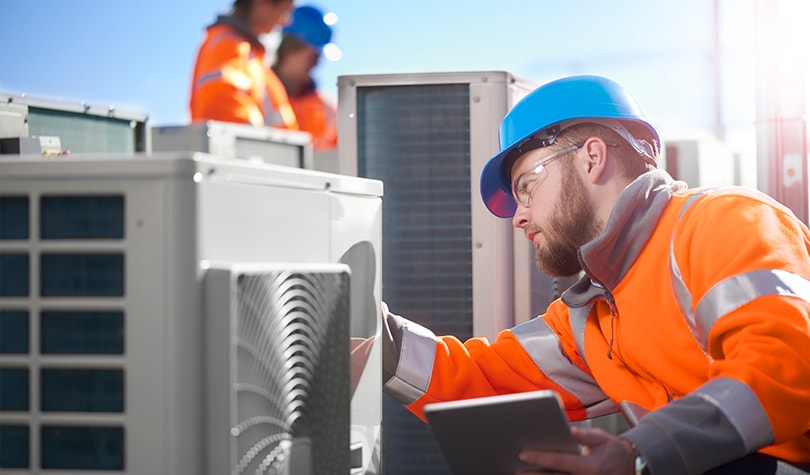It’s important to take high-quality 360-degree photos to document a construction project properly. It allows you to capture all aspects of the site – exterior and interior.
There are many ways to take 360-degree construction photos, but not all of them are created equal. This blog post will discuss the best practices for capturing and managing 360 construction photos, as they are crucial in the documentation process. In addition, they provide important measurement data to help prevent future mistakes, manage risks, safeguard workers and assets, report and advertise the project, etc.
How to Take the Best 360-degree Construction Photos
When taking 360-degree construction photos, using a dedicated 360-degree camera and a tripod is significant. It will help ensure that your images are level and free of any blurriness. If your camera does not have an automatic shutter or a timer function – although it is rare – a remote shutter release is also a good idea, so you don’t have to worry about shaking the camera when you press the shutter button.
Now, let’s see a few guidelines for taking the best 360-degree construction photos on your site!
1. Ensure Proper Lighting
It’s important to pay attention to the lighting when taking 360-degree construction photos. Most 360-degree cameras will perform poorly in poor lighting conditions. If possible, try to take pictures during the Golden Hour – this is the time just after sunrise or before sunset when the light is soft and warm.
On the other hand, construction sites benefit greatly from site captures throughout the day. If project progression, surveillance, risk management, and real-time safety are your main priorities, you should not rely solely on natural light.
Most construction and real-estate developers invest in light sources to use in darker areas of the site, especially if it doesn’t feature permanent nighttime lighting. LED lights and lamps that properly disperse light uniformly and sufficiently to their surrounding areas should do the job well. Moreover, you could consider getting specialized lights to mount between the camera and the tripod.
Once you have taken your 360-degree construction photos, it’s time to process them for documentation or future preferences.
2. Cameras Marking/Labeling
Using a 360-degree camera, construction site owners and managers can capture the job site. These photos are most effective when taken from the same location, which can be difficult to do if construction is ongoing. Marking the location of the tripod/camera can improve consistency. Alternatively, you can mark the location on the floor plans or label the cameras with numbers/names to know who is using what camera and when. It will make tracking the location of each camera/tripod easier.
3. Photos Management and Storage
One of the most common challenges faced by internal teams responsible for construction photo documentation is managing the large amounts of information gathered. With 360-degree photo documentation, you can save time by using tools that organize your photos by location and time.
A 360-degree photo documentation platform can help your team stay organized and update all project parties on progress. The company you choose should have a platform that allows you to share photos through third-party integrations. The platform should also have features that enable you to highlight specific areas, such as worksite progress, risk areas, newest developments, etc.
The Importance of 360-degree Photography in the Construction Industry
360-degree cameras and photography are an excellent approach to acquiring wide-angle site views. As construction photo documentation has evolved from physical photographs to digital counterparts, cloud storage and 360 -degree technology have made it easier for construction teams to manage building documentation.
A 360-degree camera integrated with software is a powerful tool that can boost the value of a construction project while saving budget. By streamlining as-built documentation, this technology can facilitate the construction process and help you complete your job faster. 360-degree site photography can be the key to a better, more profitable construction project regardless of your business size.
You can also use the hardware and software to create a virtual construction site visit. It’s a fantastic, affordable technique to demonstrate to potential customers and investors how the project takes shape.
Bottom Line
360-degree construction photos are an essential part of documenting any construction project. In conclusion, by following these best practices, you can take high-quality photos capturing your project’s details.
